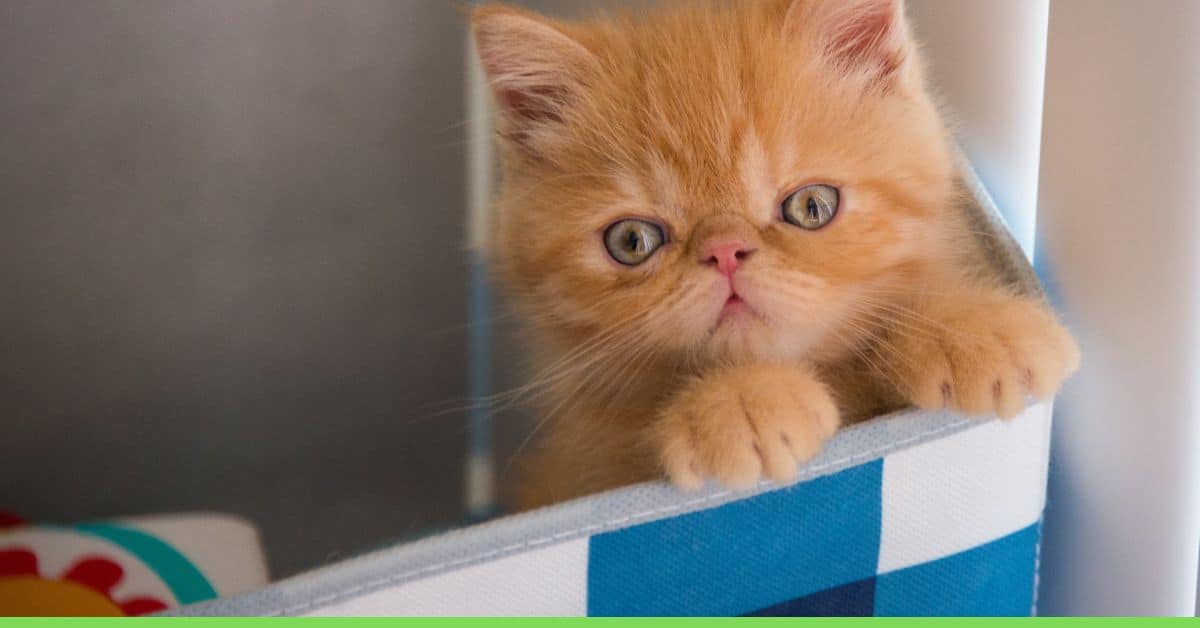Do your cat give you a hard time while giving them vitamin pills? Have you tried giving them liquid vitamins? Do you know how to give liquid vitamin to cat?
Cats are infamous for refusing to take vitamins. However, regardless of how tenacious your cat is, it still requires treatment. If you’re unsure how to provide liquid vitamins to a cat, one frequent technique is to conceal the vitamins in the food he already enjoys.
Additionally, you can use a syringe. However, you must ensure that your cat remains stable and calm in that situation.
There are several methods for giving liquid vitamins to cats. In this article, we will get to know some popular and easy ways to do it.
Let’s get started;
Are Cat Vitamins and Supplements Necessary?
Food companies and promoters of cat supplements believe that such items should be viewed as an addition to a cat’s diet. The addition of these vitamins may aid in the pets’ longevity and wellness.
If your cat is typically healthy, all required is high-quality cat food. Supplementing your cat with vitamins or minerals may do more damage than good. If your cat is ill, supplements may be advised.
In rare instances, a cat may have an underlying ailment that necessitates a supplement. However, many supplements have not been researched or confirmed to be effective in veterinary vitamins. The critical point is that most cats that get a comprehensive and balanced diet probably consume a more balanced diet than the majority of people.
Supplements are intended to compensate for deficits. For instance, your cat may require a supplement if they suffer from a medical condition that prevents them from absorbing a specific nutrient.
Pregnant and nursing cats may acquire nutritional deficits that require supplementation. This is especially true if the cat falls pregnant before 10-12 months. Your veterinarian can assist you in locating a suitable product.
How to Choose Liquid Vitamins for Cats?
To guarantee quality and safety, always read labels. Seek out brands that have undergone clinical studies to support their claims. Examine the supplies for a lot number. This is an indication that the business employs quality control procedures.
Select brands that have a track record of success. Be careful of statements that appear to be incorrect. Vitamins are simply supplements. They are not miracle cures, nor are they vitamins.
Avoid giving your human-cat vitamins since they may include substances toxic to cats.
Types of Cat Vitamins and Supplements
Here are some popular kinds of Vitamins and Supplements for cats;
General vitamins and minerals:
Cats can take a range of single- or multivitamin supplements. The majority of cat meals provide all of the vitamins and minerals required for cats.
Essential fatty acids:
Omega-3 and omega-6 fatty acids are hailed for their ability to maintain a cat’s coat glossy and shedding-free. Additionally, they protect the immune system, liver, eyes, brain, and joints. Additionally, omega-3 fatty acids promote heart health and battle high cholesterol. Some believe that supplementation is necessary because cat meals contain more omega-6 fatty acids than omega-3 fatty acids.
Probiotics:
Probiotics are beneficial, “good” microorganisms that improve gut health. They include microorganisms such as Lactobacillus acidophilus or Lactobacillus cases.
Which helps regulate the growth of “bad” bacteria in the large intestine.
How To Give Liquid Vitamins To Cats
Now, let’s get started with this article’s main point of view. Let us get to know some popular ways to give liquid vitamins to cats;
Using Food to Give Liquid vitamin
The simplest method of administering liquid vitamins is to include them in your cat’s tinned food. To ensure they receive the total dose, combine a tiny quantity of their regular ration of canned food with their liquid vitamin and hand-feed it.
Cats are usually fussy and will refuse to consume vitamin-containing food. This implies that the drug must be administered straight into their mouth.
Do not combine vitamins with any other meal or beverage without carefully measuring the dosage. Never combine the vitamin with a whole serving of soft food or fluids. Your cat may be unable to consume every last morsel.
Particular cats may refuse to consume the food or have dietary limitations, making this procedure ineffective. If this is the case, the drug must be administered straight into the cat’s mouth.
A Pouch Containing the Liquid vitamin.
Liquid vitamins are administered through a pouch placed between the teeth and cheek. Squirt the vitamin into the pouch quickly, seal the cat’s mouth, rub its neck, or blow on its nose firmly to stimulate swallowing.
Compared to tablets or capsules, liquids are more prone to unintentionally entering the windpipe. Avoid tilting the cat’s head backward to prevent fluids from entering the windpipe.
If it’s difficult to administer a tablet or capsule to your cat, see your veterinarian about floating the pill or capsule in a liquid. Certain drugs are soluble in fluids, whereas others lose their efficacy. Always be with your veterinarian before making any vitamin changes.
Manually giving the liquid vitamin.
.Find a peaceful, well-lit area that will make your cat feel secure. Wrap a towel or fleece over your cat to make them comfier. Shake the medicine container thoroughly before each use, as indicated.
Arrange your cat in the crook of your arm (looking away from you) to discourage them from escaping. Hold your cat under the chin with one hand, gently but firmly.
Gently push the dropper or syringe into your cat’s mouth by the cheek with your other hand. Squeeze the dropper or depress the plunger to immediately give the medication to your cat’s mouth, attempting to deposit the liquid near the back of your cat’s tongue.
FAQs
Why does my cat vomit when I provide medication?
Numerous cats vomit and gag after being medication. This may be related to the medication’s unpleasant taste, difficulty swallowing at first, or stress. Foaming is a very unusual side effect of medicine, so do not panic if your cat begins to drool.
Can cats be given tuna juice?
Cats can develop an addiction to tuna, regardless of whether it is packaged for cats or people. A constant diet of tuna cooked for humans might result in malnutrition and mercury poisoning. A little tuna once in a while probably won’t hurt.
Conclusion
By following the above process, you can quickly give liquid vitamins to cats. Above all, your cat’s health is essential. Never neglect the process.
If giving your cat a pill or capsule is problematic, talk to your veterinarian about prescribing a liquid medication.
Before changing your medicine, always consult your veterinarian.

